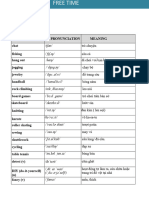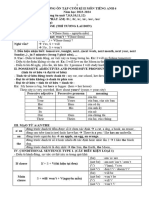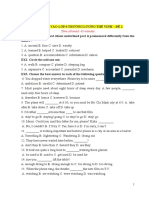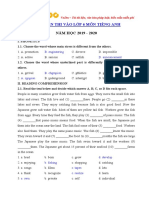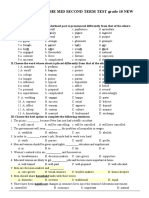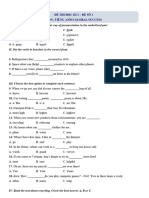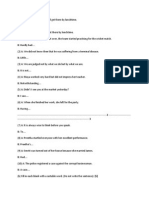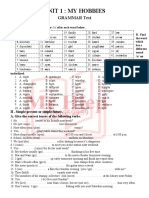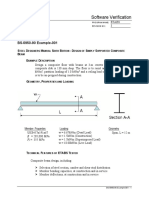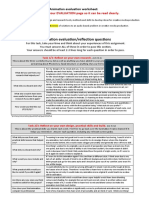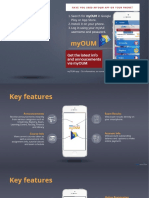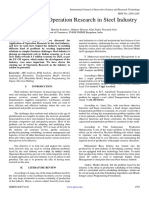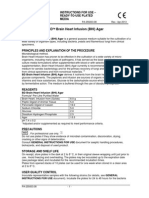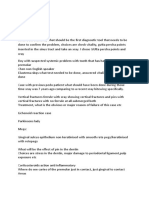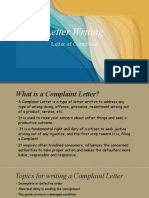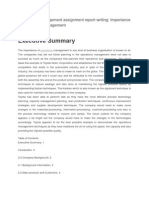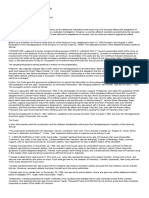0% found this document useful (0 votes)
134 views8 pagesPTP IELTS 3 Audioscript Test 6
Ken calls his friend Liz to ask for recommendations for holiday rentals in her area for dates in July. Liz provides details on three options - Moonfleet, an annex near the owner's house with two bedrooms and open plan living; Kingfisher, a more rural three-bedroom house by a river; and Sunnybanks, a house in a small village by the sea. Ken is interested in Moonfleet and Kingfisher, and Liz provides booking information for both.
Uploaded by
Thiên AN NguyễnCopyright
© © All Rights Reserved
We take content rights seriously. If you suspect this is your content, claim it here.
Available Formats
Download as PDF, TXT or read online on Scribd
0% found this document useful (0 votes)
134 views8 pagesPTP IELTS 3 Audioscript Test 6
Ken calls his friend Liz to ask for recommendations for holiday rentals in her area for dates in July. Liz provides details on three options - Moonfleet, an annex near the owner's house with two bedrooms and open plan living; Kingfisher, a more rural three-bedroom house by a river; and Sunnybanks, a house in a small village by the sea. Ken is interested in Moonfleet and Kingfisher, and Liz provides booking information for both.
Uploaded by
Thiên AN NguyễnCopyright
© © All Rights Reserved
We take content rights seriously. If you suspect this is your content, claim it here.
Available Formats
Download as PDF, TXT or read online on Scribd
/ 8



